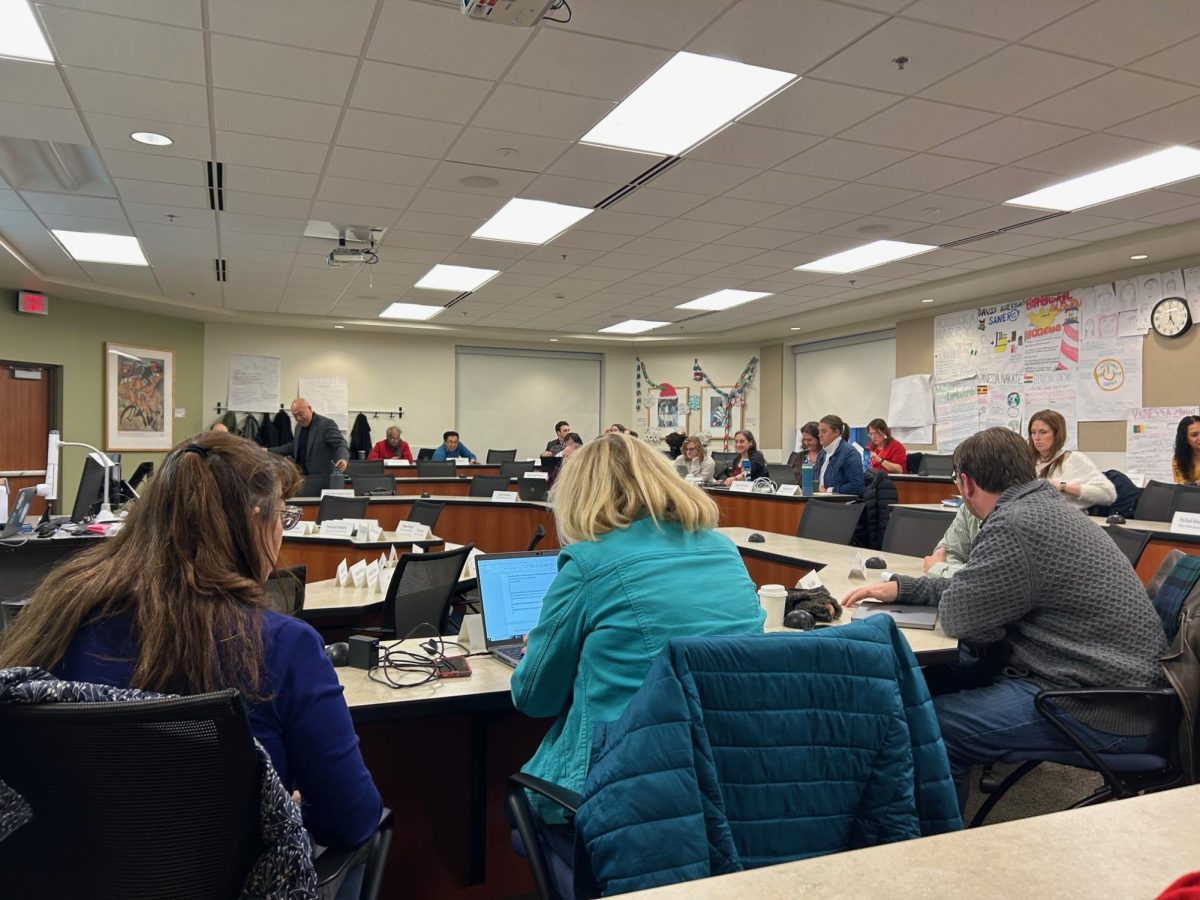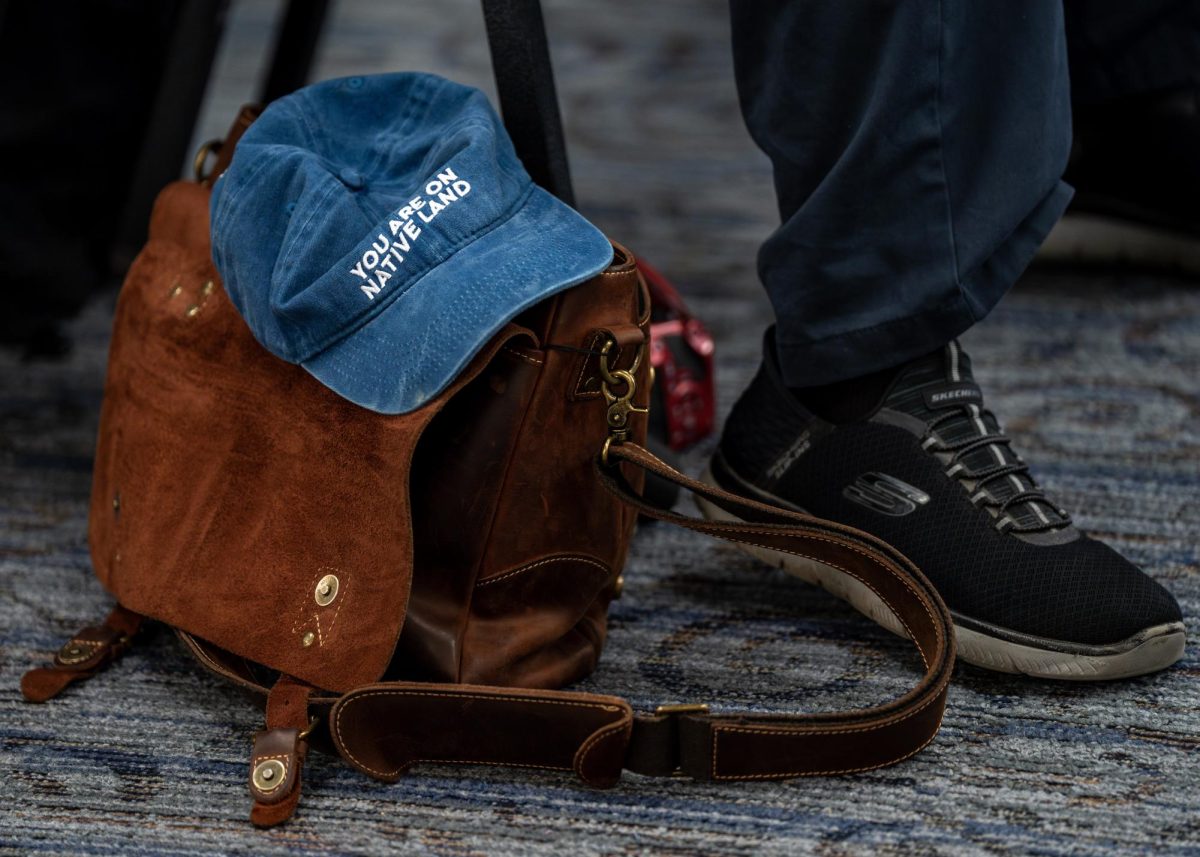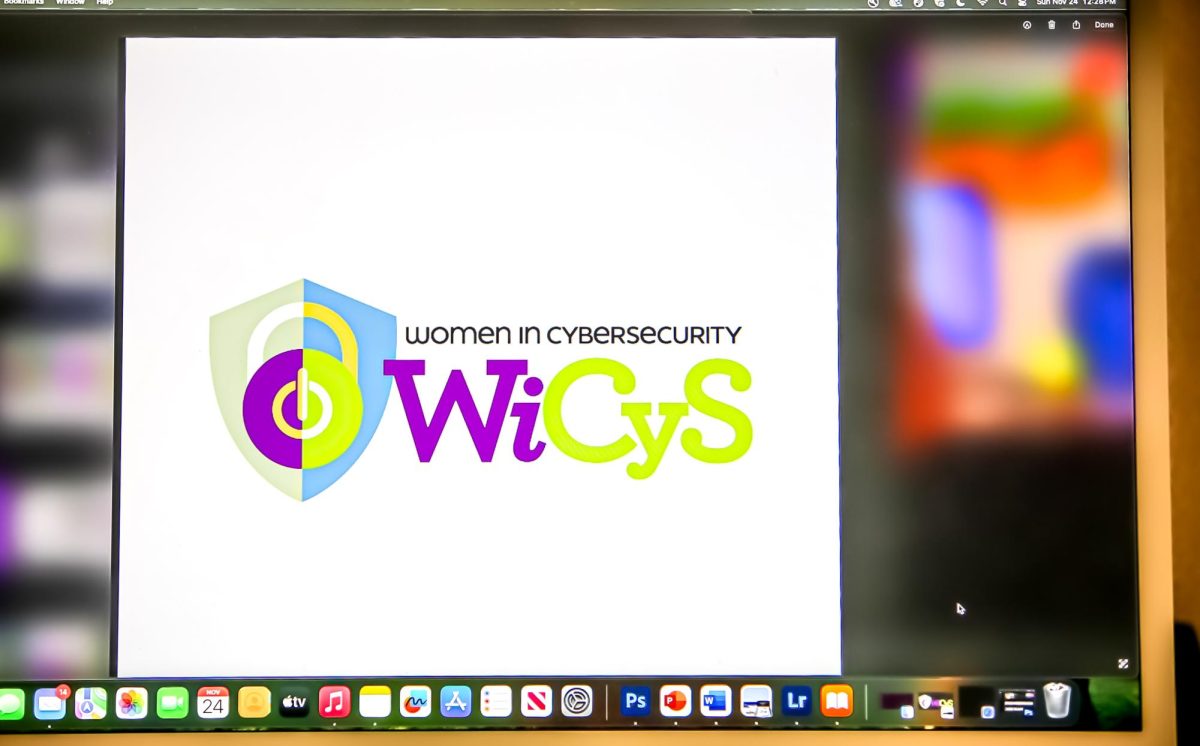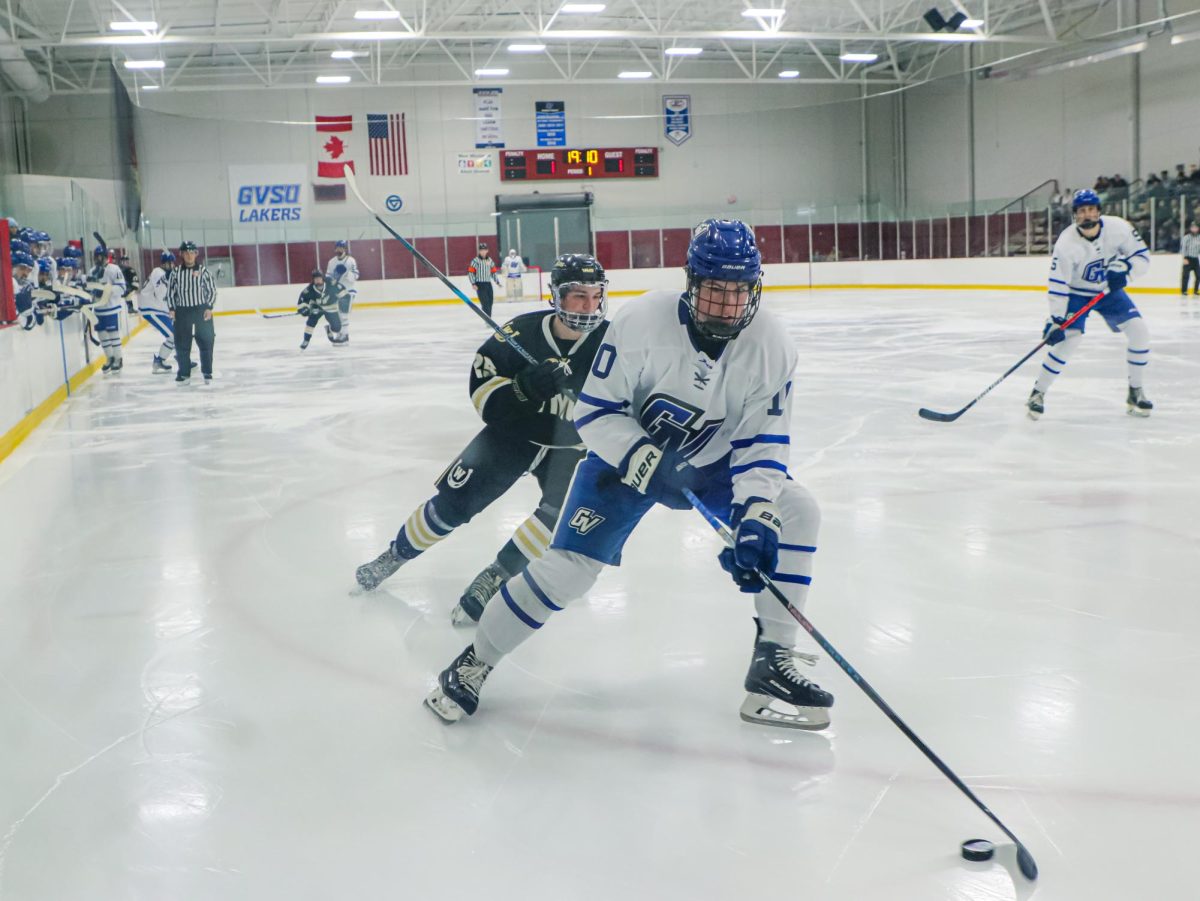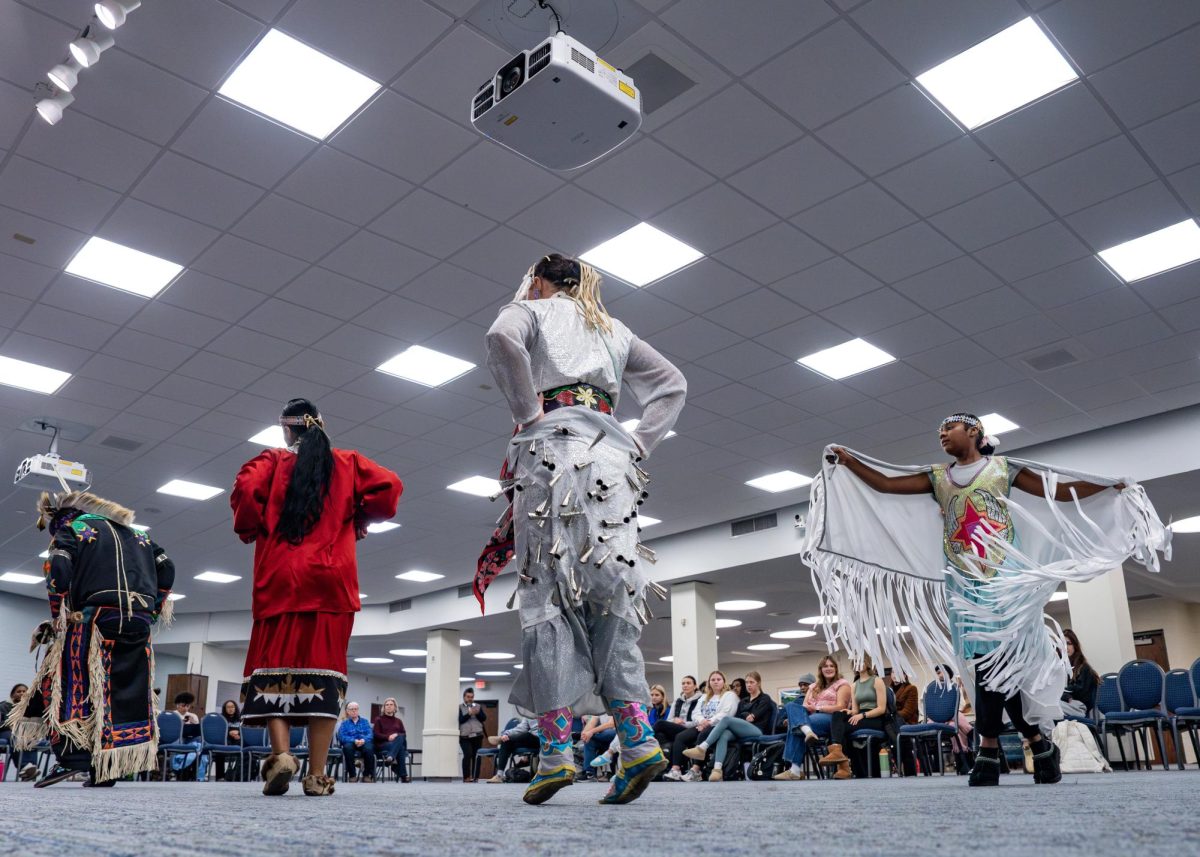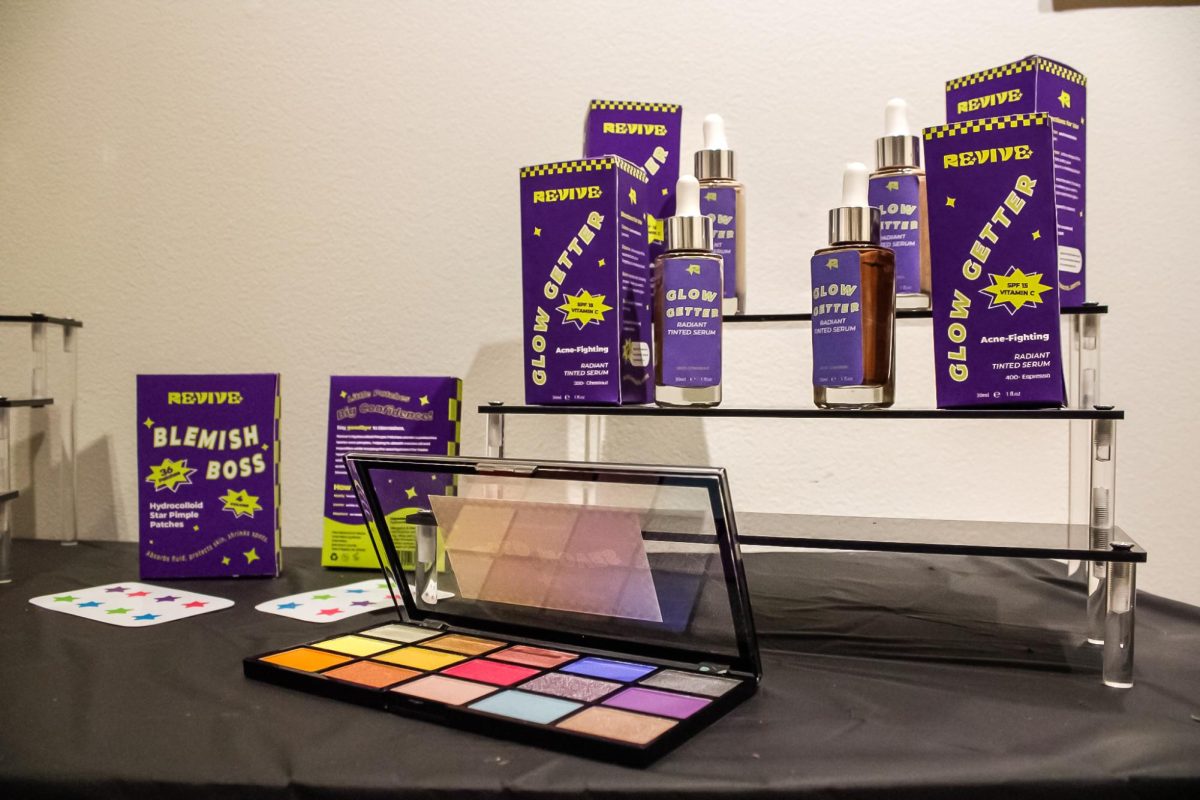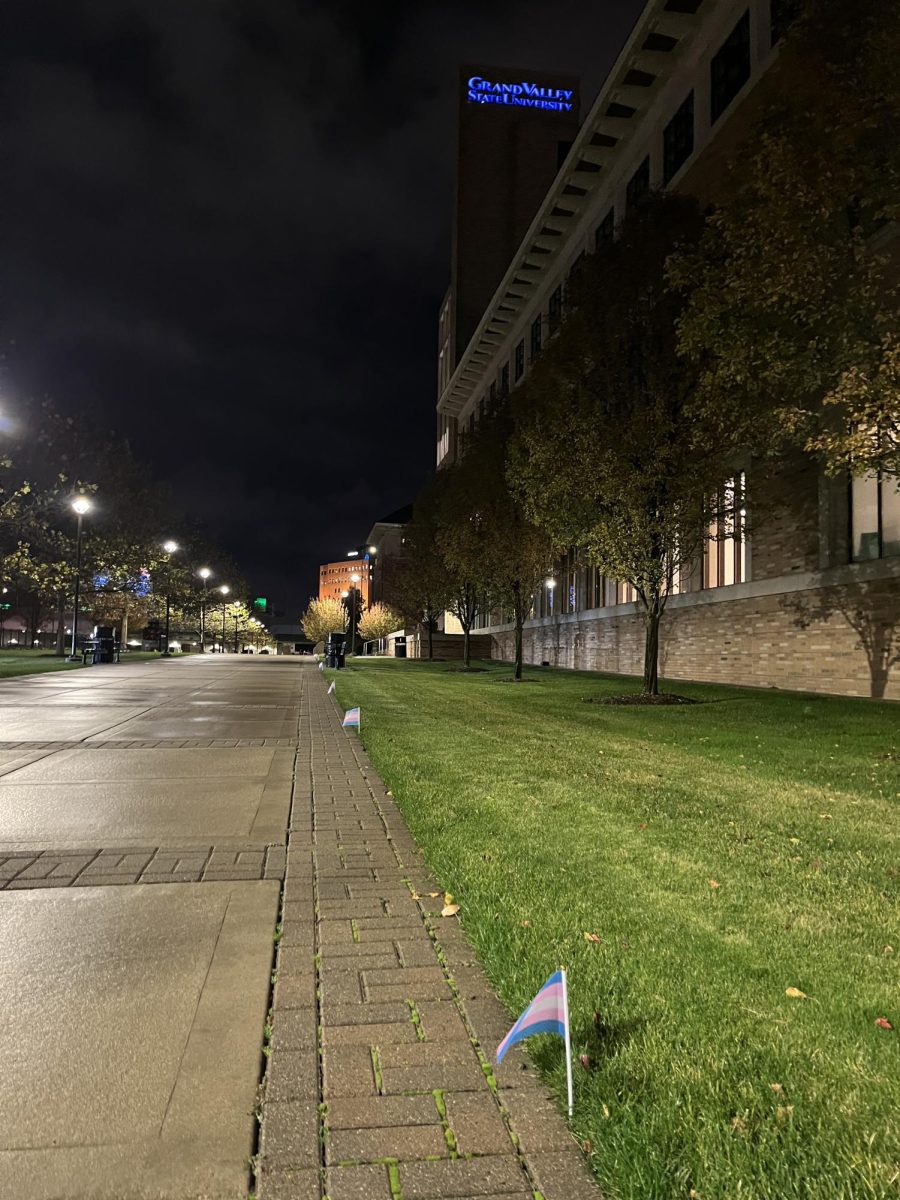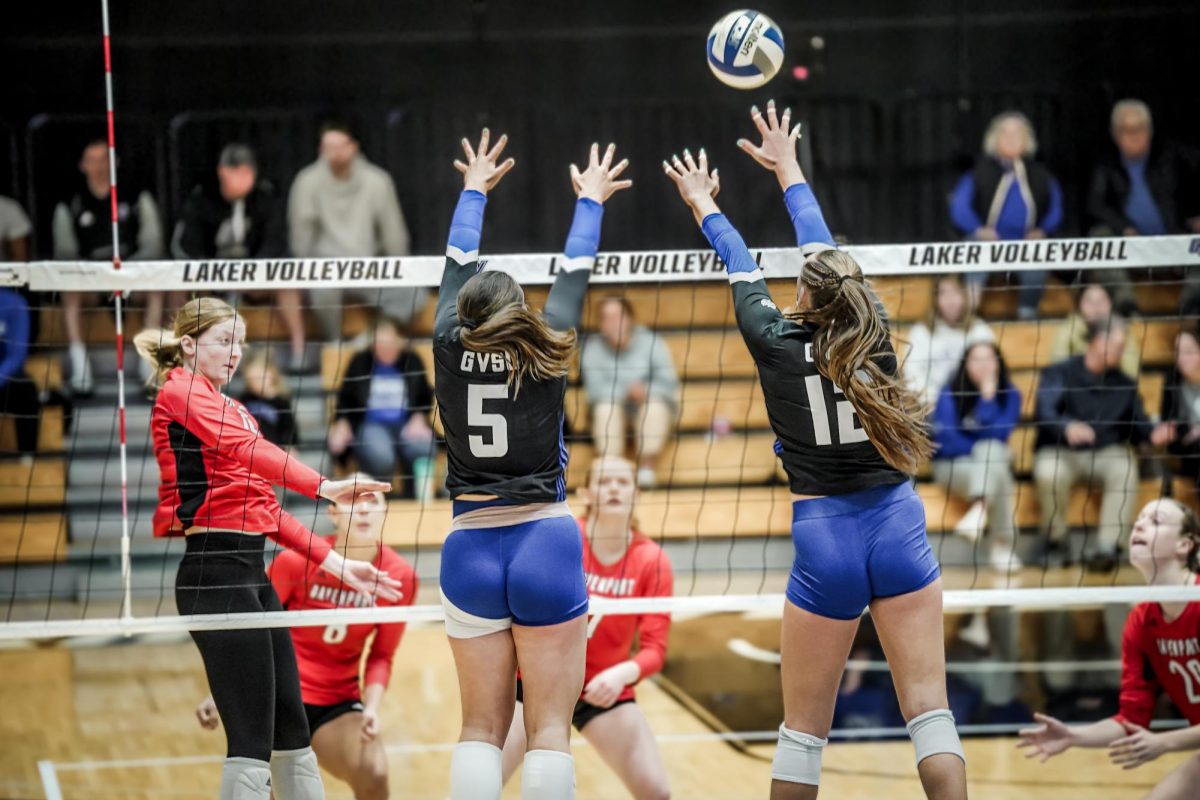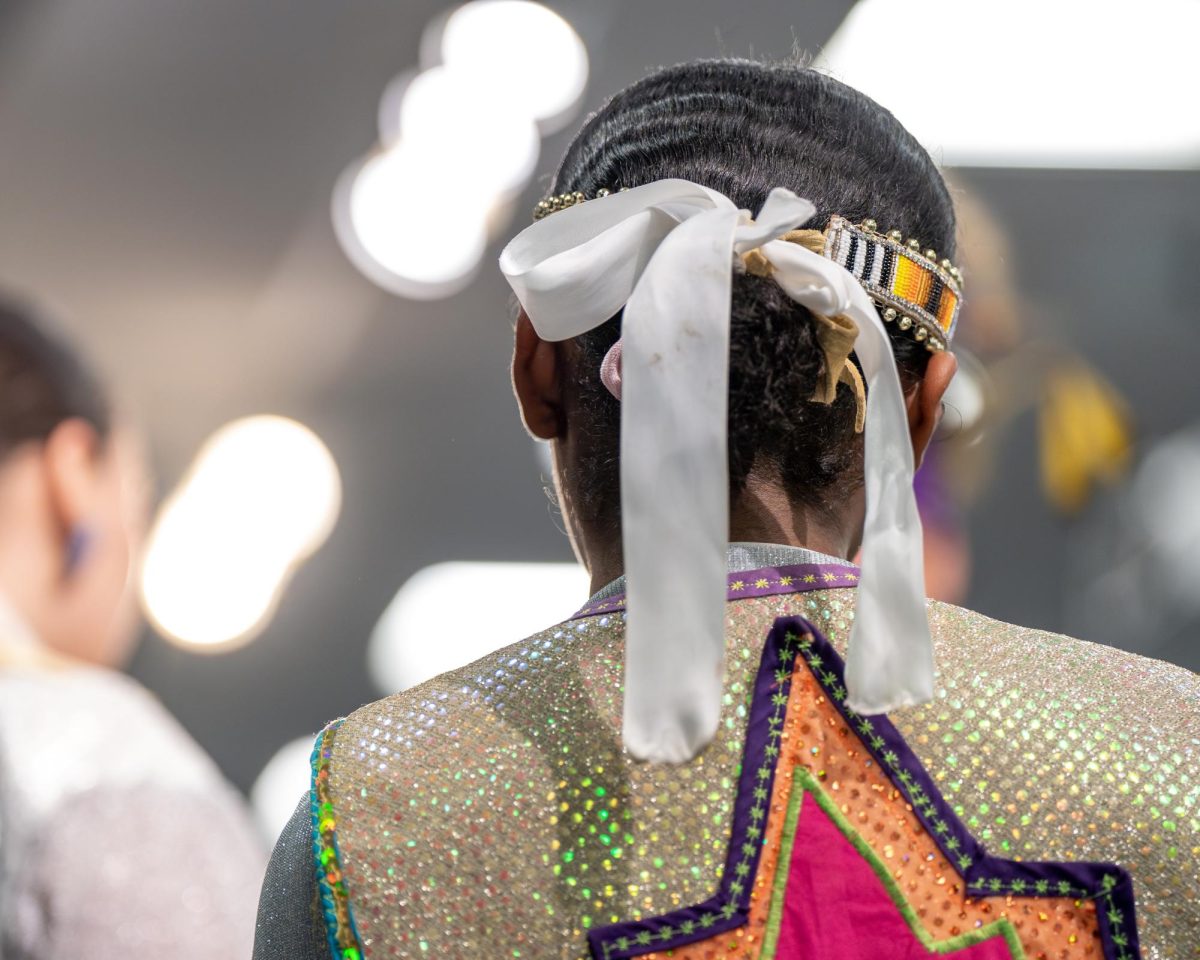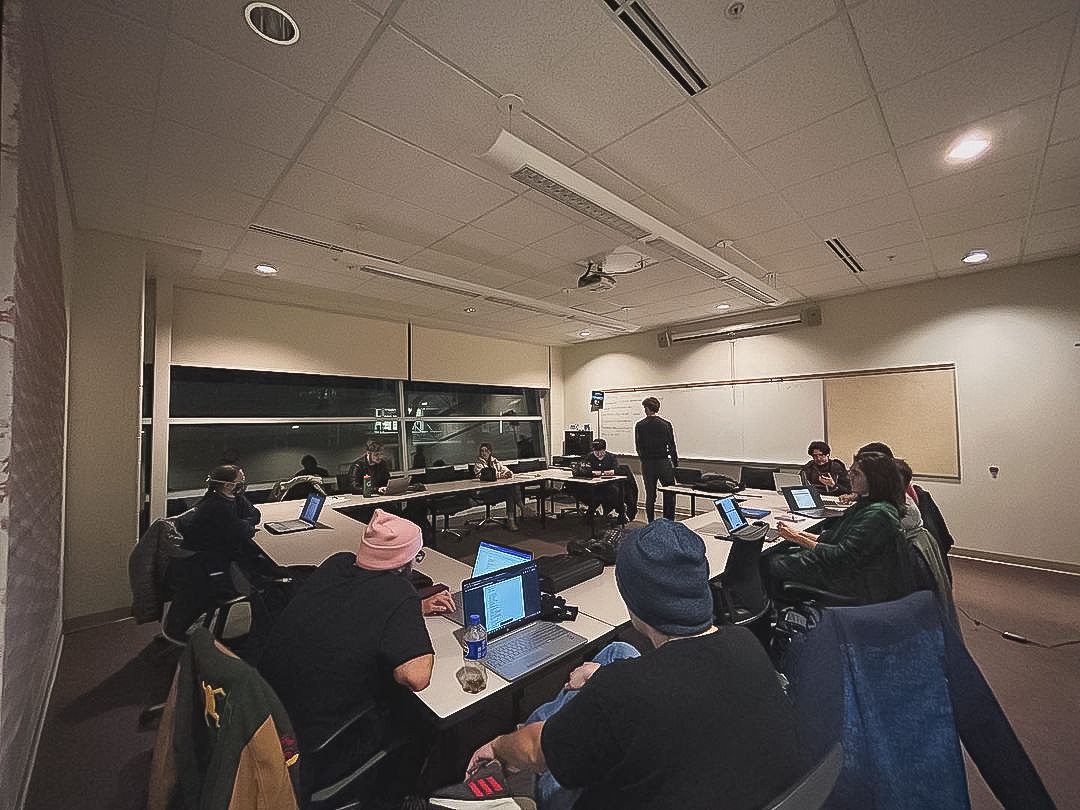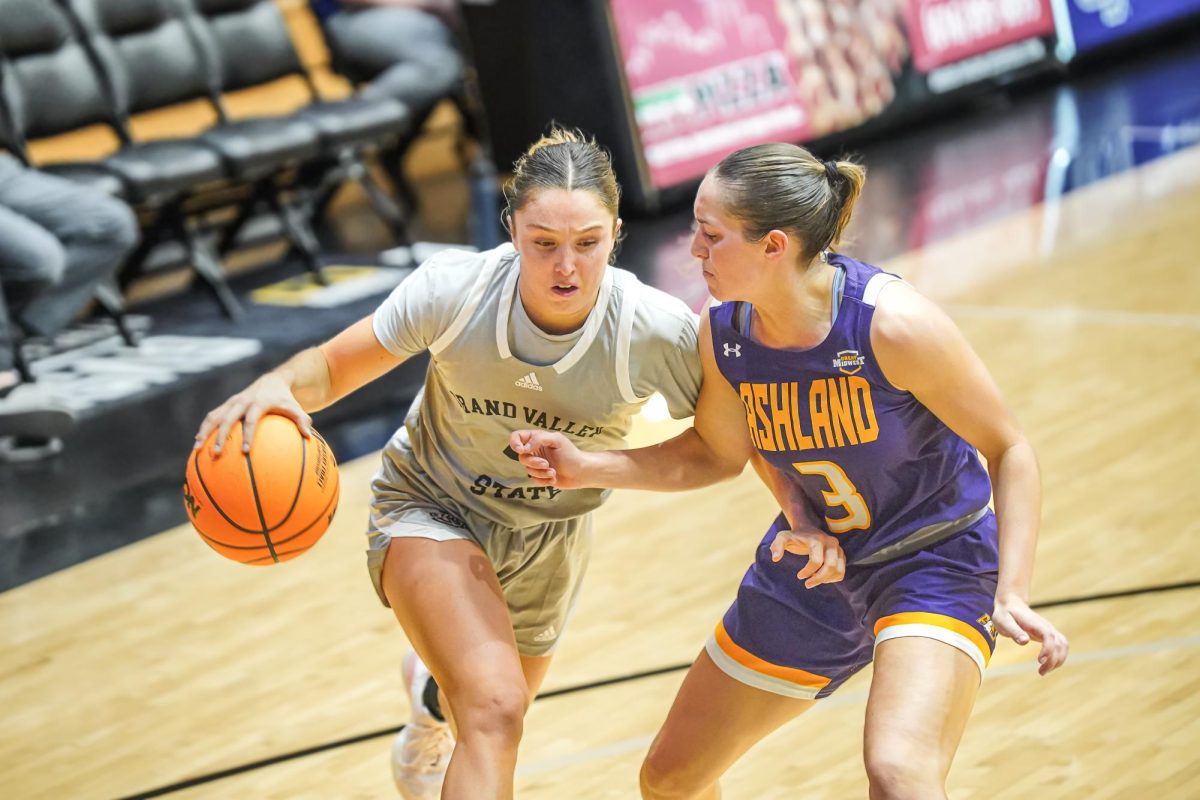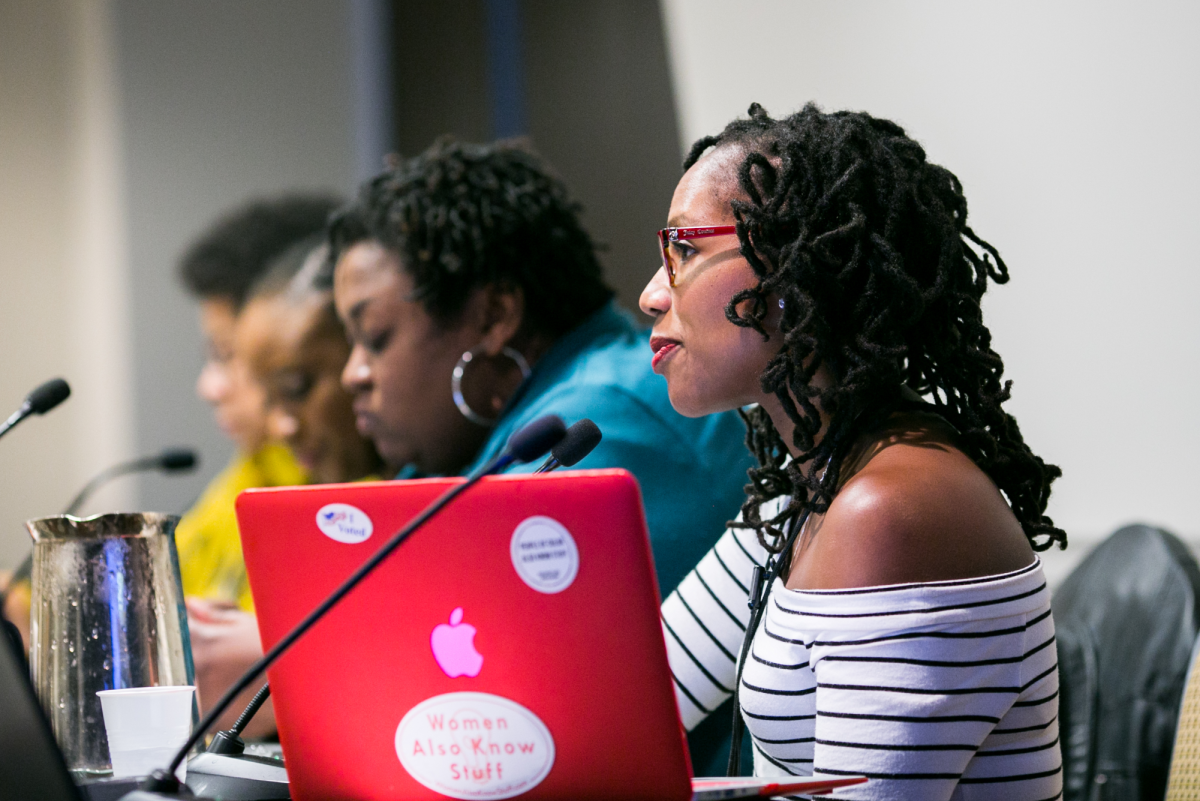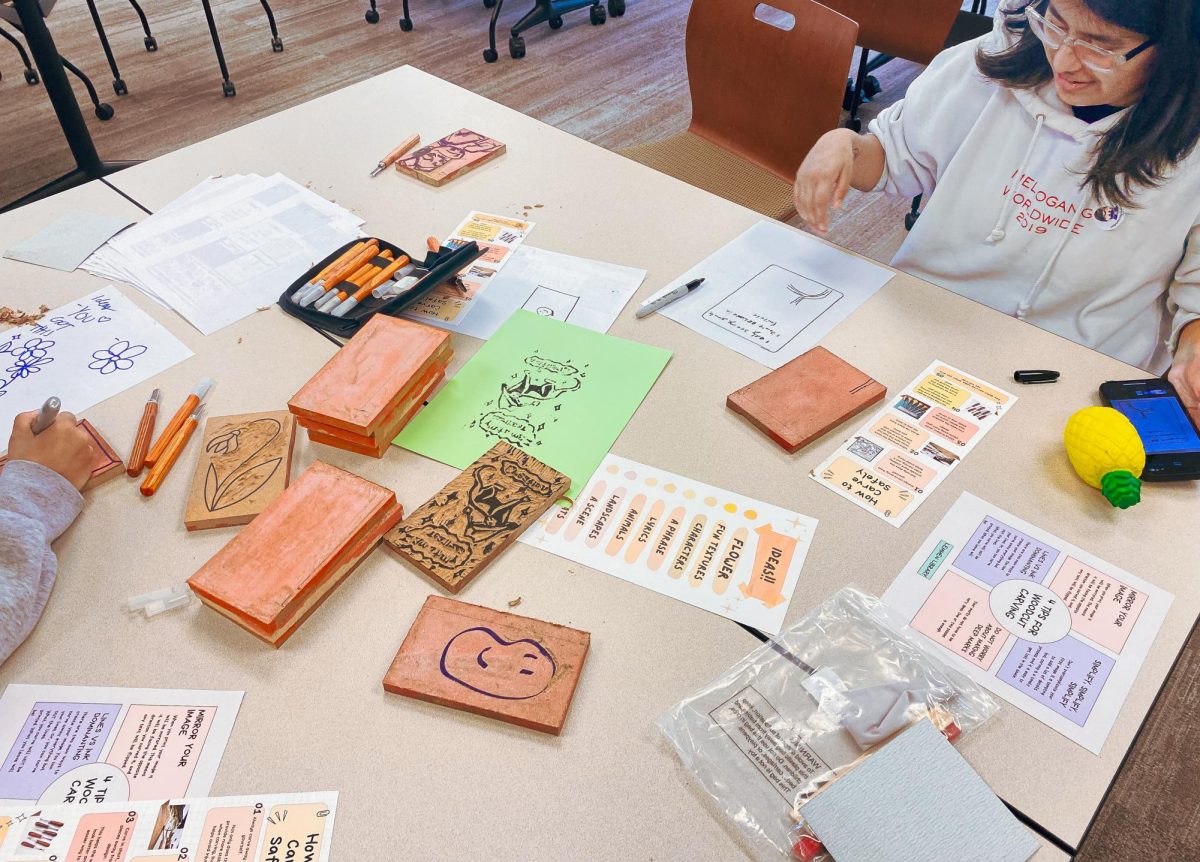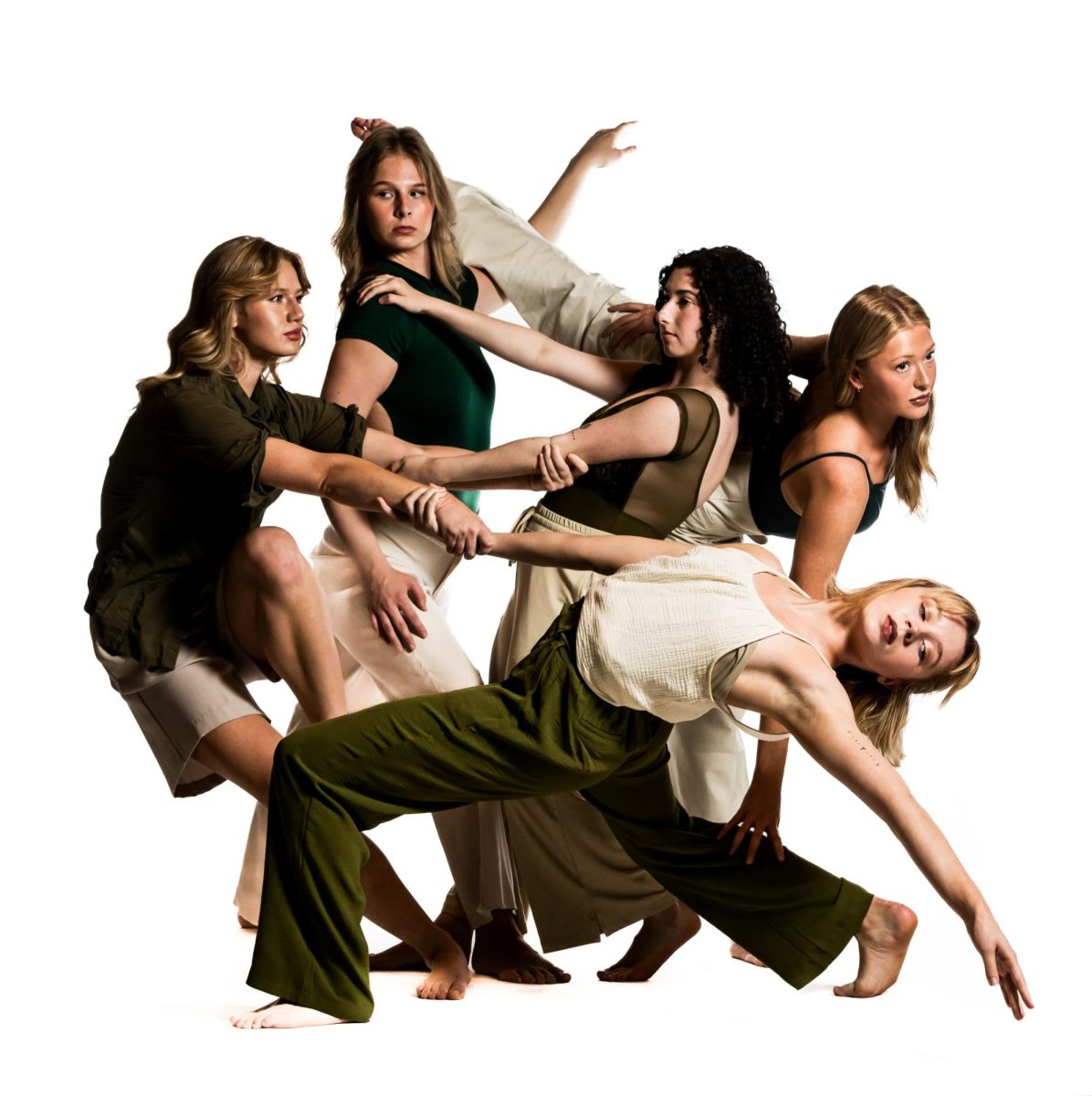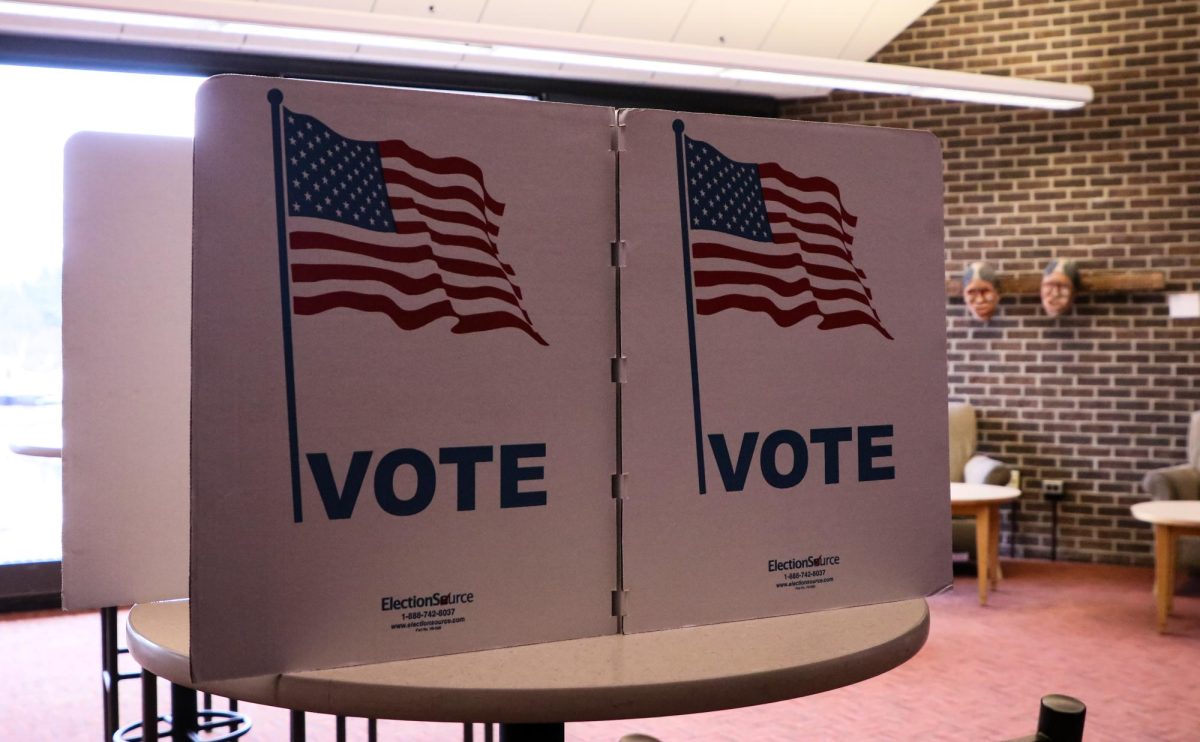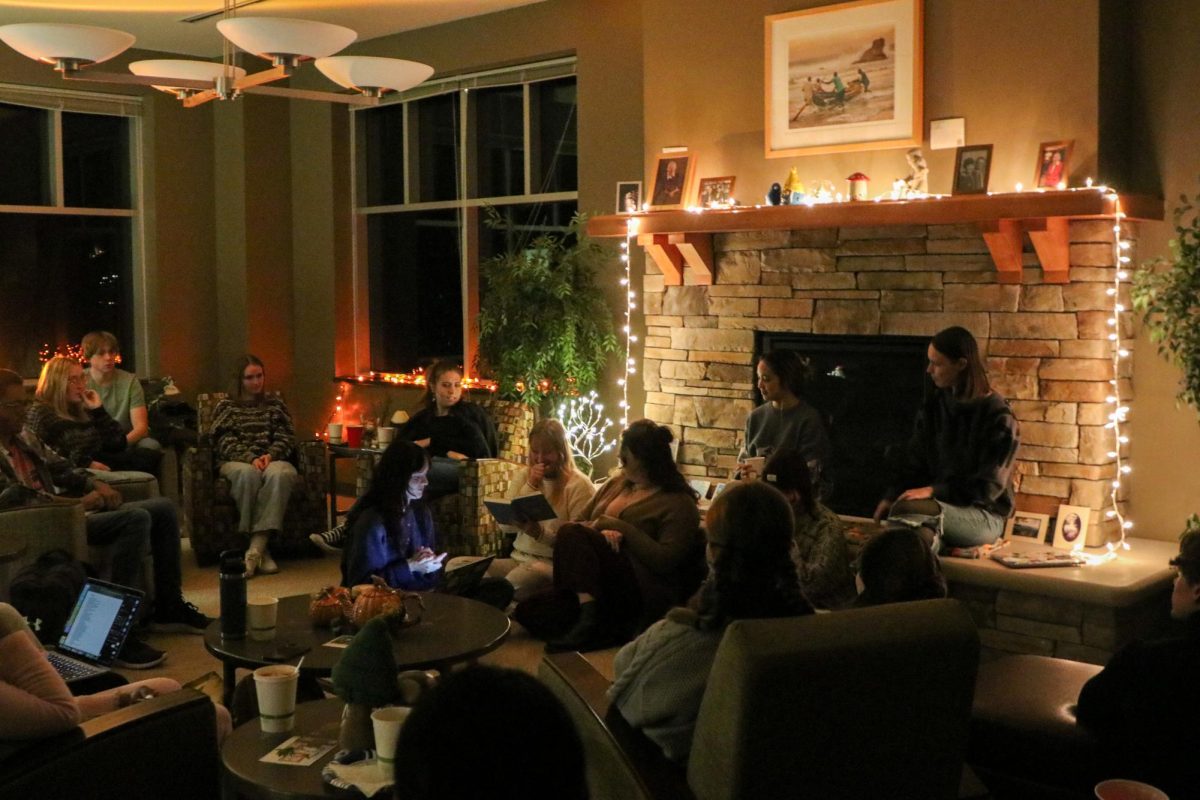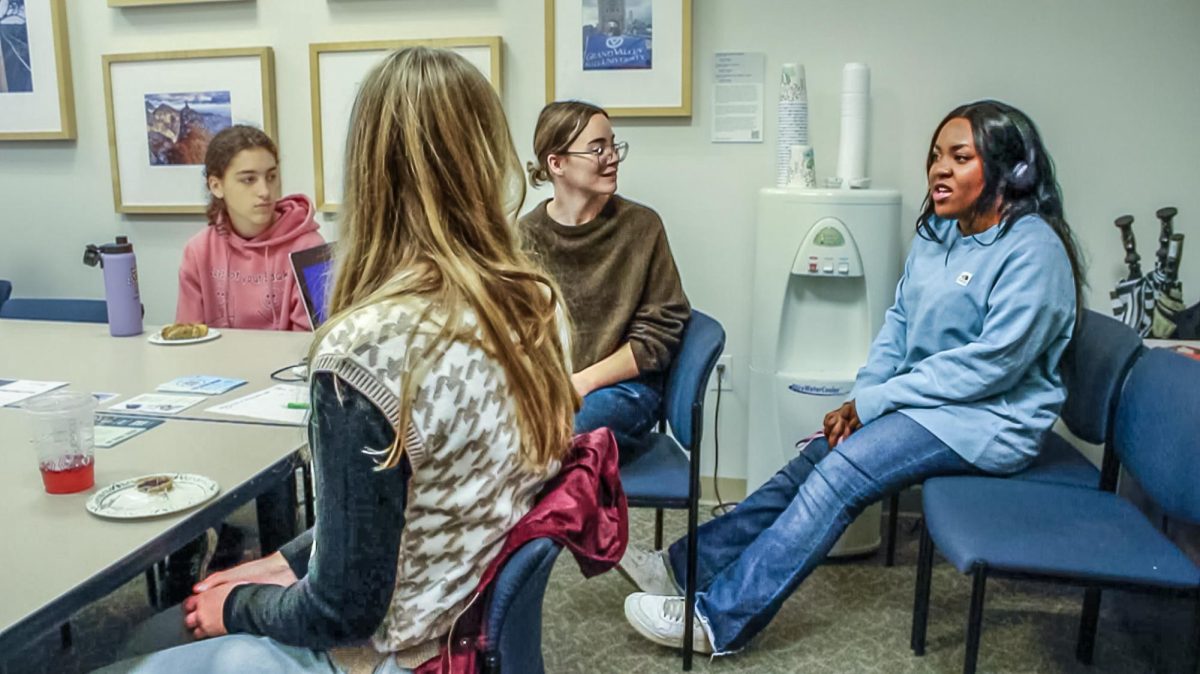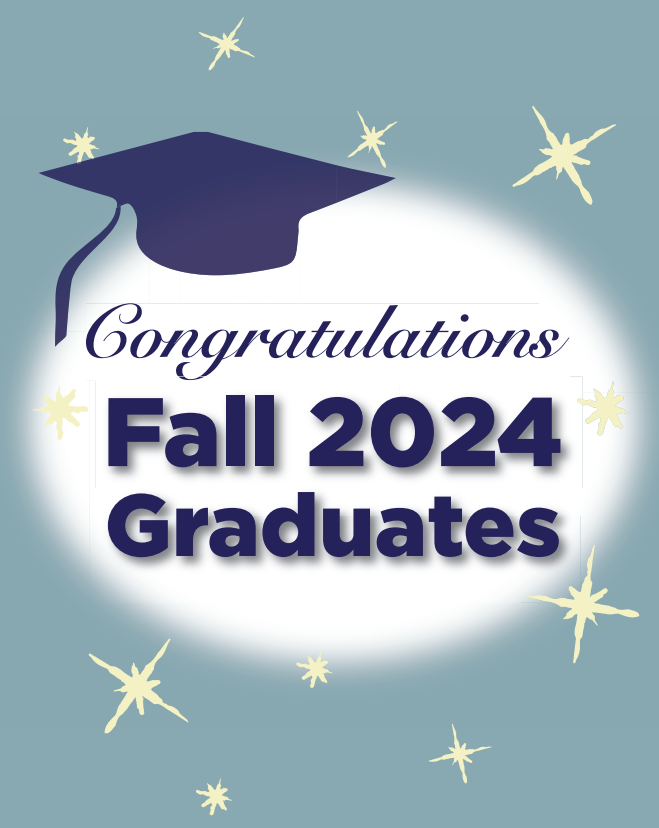CEC models sustainability in community volunteerism
Apr 14, 2013
Wrapping up the academic year as April’s Sustainable College of the Month is the Seymour and Esther Padnos College of Engineering and Computing. Recently recognized by the American Society for Engineering Education as one of 29 institutions in the U.S. that is an Exemplar of Real World Engineering Education, the college demonstrates its commitment to sustainability through numerous courses and activities that frequently leave the classroom and venture out into the surrounding community.
“Even when I got here we were already doing projects on environmentally responsible design,” said Dean Paul Plotkowski. “(Sustainability has) really been a foundation of who we are since the 80s. That’s a big part of what distinguishes us from other schools that teach engineering and computing—how involved we are in the community. Giving back to the community is sustainability. They’re really inseparable.”
These outreach projects have included the building of the “Green House on Watson” on the West Side of Grand Rapids. The house is LEED certified and was constructed by a partnership of the School of Engineering and several local construction companies. The house enables students to build and monitor data from LEED certified homes.
Multiple other homes in the greater community have served as GVSU projects through energy efficiency audits conducted by engineering and faculty students. Most recently, a group of students worked with professor Shirley Fleischmann to conduct an audit on the Wesley House near the GVSU Sustainable Agriculture Project’s farm on Allendale Campus.
“It was a good experience to learn and perform some of the practical applications of material taught in both Urban Sustainability and Heat Transfer,” said Christopher Koppenaal, one of the students who conducted the audit.
Other students from the Heat Transfer have installed insulation in a house owned by The Other Way Ministries in Grand Rapids.
A two year old girl with spina bifida, a condition that causes loss of function and sensation in the lower half of the body due to improper formation of the spinal cord, benefited from the expertise of two engineering students who modified a Barbie Jeep found on Craigslist so that she could get around. Phil DeJonge and Jake Hall worked together in a product design class to create a system in the Jeep that allowed Madison Riemersma to drive the Jeep using just a joystick.
“We programmed the car to have gradual speeds, similar to a regular vehicle,” Hall said to the Grand Rapids Business Journal. “When Madison first drove the Jeep, she had a hard time, but after a while she got the hang of it.”
Other children have benefited from the experience of the Engineering faculty and students as well. In 2011, individuals helped replace the Grand Rapids Children’s Museum’s 10-year-old ‘bubble tower,’ a device that allows children to stand inside a ring, pull a cord, and create a bubble surrounding them.
The building in which the college is housed also exhibits the sustainable mindset, sporting a ‘green roof’ and a ‘clean room’ among other energy-efficient features.
“A green roof is a roof that is environmentally responsible,” Plotkowski said. “There are different ways you can do a green roof. (This) type is a vegetated green roof, where you build a flat roof, and on top of it you have pans—think a cookie pan, or if you’ve ever gone shopping for flowers, a flower bed—that has two or three inches of soil in it, and you plant flowers in it. When the sun hits those, instead of heating up the building, it grows the plants, and when it rains, instead of having to treat the water, the plants use it. The green roof on Kennedy Hall is a planted roof.”
The “clean room” of Kennedy Hall is a special contaminant-free nano-technology lab. Also known as the Solid State Electronics Fabrication lab, it consists of approximately 1,000 square feet of work area.
The temperature and humidity of the lab are tightly controlled, and the lab is capable of processes including silicon-based optoelectronics and supports both undergraduate research and education in the areas of solid-state devices, integrated circuits and other studies.




